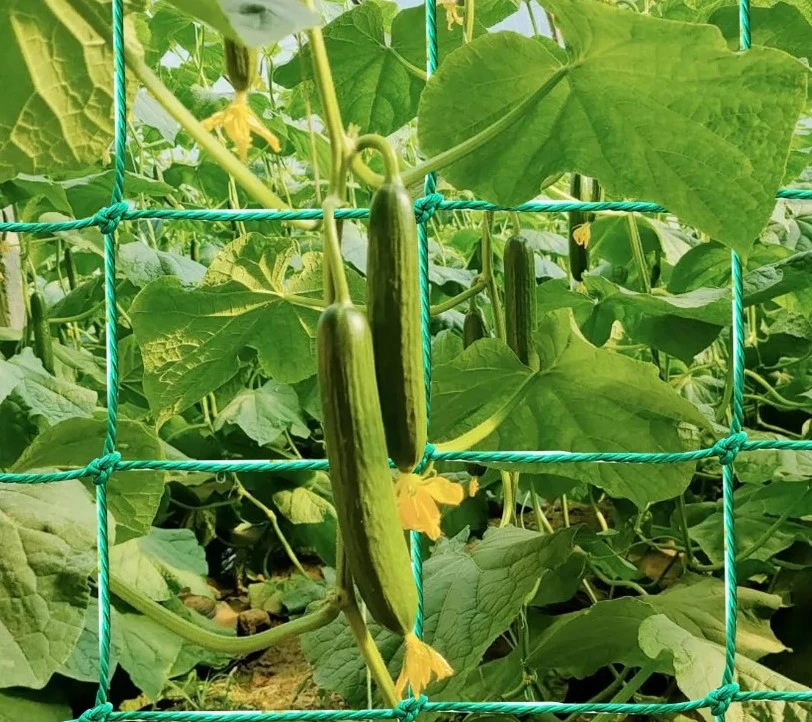-
 Afrikaans
Afrikaans -
 Albanian
Albanian -
 Amharic
Amharic -
 Arabic
Arabic -
 Armenian
Armenian -
 Azerbaijani
Azerbaijani -
 Basque
Basque -
 Belarusian
Belarusian -
 Bengali
Bengali -
 Bosnian
Bosnian -
 Bulgarian
Bulgarian -
 Catalan
Catalan -
 Cebuano
Cebuano -
 China
China -
 Corsican
Corsican -
 Croatian
Croatian -
 Czech
Czech -
 Danish
Danish -
 Dutch
Dutch -
 English
English -
 Esperanto
Esperanto -
 Estonian
Estonian -
 Finnish
Finnish -
 French
French -
 Frisian
Frisian -
 Galician
Galician -
 Georgian
Georgian -
 German
German -
 Greek
Greek -
 Gujarati
Gujarati -
 Haitian Creole
Haitian Creole -
 hausa
hausa -
 hawaiian
hawaiian -
 Hebrew
Hebrew -
 Hindi
Hindi -
 Miao
Miao -
 Hungarian
Hungarian -
 Icelandic
Icelandic -
 igbo
igbo -
 Indonesian
Indonesian -
 irish
irish -
 Italian
Italian -
 Japanese
Japanese -
 Javanese
Javanese -
 Kannada
Kannada -
 kazakh
kazakh -
 Khmer
Khmer -
 Rwandese
Rwandese -
 Korean
Korean -
 Kurdish
Kurdish -
 Kyrgyz
Kyrgyz -
 Lao
Lao -
 Latin
Latin -
 Latvian
Latvian -
 Lithuanian
Lithuanian -
 Luxembourgish
Luxembourgish -
 Macedonian
Macedonian -
 Malgashi
Malgashi -
 Malay
Malay -
 Malayalam
Malayalam -
 Maltese
Maltese -
 Maori
Maori -
 Marathi
Marathi -
 Mongolian
Mongolian -
 Myanmar
Myanmar -
 Nepali
Nepali -
 Norwegian
Norwegian -
 Norwegian
Norwegian -
 Occitan
Occitan -
 Pashto
Pashto -
 Persian
Persian -
 Polish
Polish -
 Portuguese
Portuguese -
 Punjabi
Punjabi -
 Romanian
Romanian -
 Russian
Russian -
 Samoan
Samoan -
 Scottish Gaelic
Scottish Gaelic -
 Serbian
Serbian -
 Sesotho
Sesotho -
 Shona
Shona -
 Sindhi
Sindhi -
 Sinhala
Sinhala -
 Slovak
Slovak -
 Slovenian
Slovenian -
 Somali
Somali -
 Spanish
Spanish -
 Sundanese
Sundanese -
 Swahili
Swahili -
 Swedish
Swedish -
 Tagalog
Tagalog -
 Tajik
Tajik -
 Tamil
Tamil -
 Tatar
Tatar -
 Telugu
Telugu -
 Thai
Thai -
 Turkish
Turkish -
 Turkmen
Turkmen -
 Ukrainian
Ukrainian -
 Urdu
Urdu -
 Uighur
Uighur -
 Uzbek
Uzbek -
 Vietnamese
Vietnamese -
 Welsh
Welsh -
 Bantu
Bantu -
 Yiddish
Yiddish -
 Yoruba
Yoruba -
 Zulu
Zulu
insect proof netting
Insect-Proof Netting A Sustainable Solution for Agriculture
Insects pose a significant threat to agricultural productivity, affecting crops from the moment they sprout until harvest. Farmers have historically relied on chemical pesticides to protect their plants, but the increasing concerns over environmental impact, pesticide resistance, and human health risks have spurred the search for sustainable alternatives. One such solution is insect-proof netting, a technique that combines practicality with environmental consciousness.
Insect-proof netting, often crafted from lightweight polyethylene or other synthetic materials, serves as a physical barrier between crops and a variety of insect pests, such as aphids, caterpillars, and beetles. By preventing these pests from reaching the plants, farmers can significantly reduce the need for chemical interventions while also promoting organic farming practices.
Benefits of Insect-Proof Netting
1. Reduction in Chemical Usage The most significant advantage of insect-proof netting is the substantial decrease in pesticide usage. This not only mitigates the environmental impact of farming but also reduces production costs for farmers, boosting their profit margins over time. Additionally, lower pesticide usage contributes to healthier ecosystems and enhances biodiversity.
2. Protection from Disease Many insects are vectors for plant diseases, which can devastate crops and result in significant losses. By installing insect-proof netting, farmers can safeguard their plants from these harmful pests, reducing the likelihood of disease outbreaks and improving overall crop health.
3. Increased Yield With fewer pests attacking their crops, farmers can expect higher yields and better-quality produce. Healthy plants not only produce more fruit or grain but also tend to have improved taste and nutritional value, benefiting consumers and enhancing marketability.
insect proof netting

4. Climate Resilience In a world increasingly impacted by climate change, insect-proof netting can also provide protection against extreme weather conditions. The netting can shield crops from heavy rainfall, strong winds, and even some animals, contributing to greater resilience in varying climate scenarios.
5. Simplicity and Versatility One of the appealing aspects of insect-proof netting is its simplicity. The installation process is relatively straightforward and can be adapted to different farming sizes and methods, from small backyard gardens to large-scale agricultural operations. The netting can also be used in conjunction with other sustainable practices, such as crop rotation and companion planting, to enhance pest management.
Drawbacks and Considerations
While insect-proof netting boasts many advantages, it is not without its challenges. One of the primary concerns is the initial cost of installation, which can be significant, especially for smaller farmers. Additionally, the netting must be carefully monitored to ensure that it remains intact and is properly secured, which may require ongoing maintenance.
Moreover, it is crucial to consider the implications for beneficial insects. While the netting effectively blocks harmful pests, it can also prevent beneficial insects, such as pollinators, from accessing the crops. To mitigate this, farmers can strategically design their netting systems to allow for pollinator access while still providing adequate pest protection.
Conclusion
Insect-proof netting presents a promising, sustainable alternative to chemical pest control in agriculture. By reducing pesticide reliance, enhancing crop yields, and increasing both economic and environmental resilience, it offers a multifaceted approach to modern farming challenges. As agriculture continues to evolve in response to global pressures—be it climate change, food security, or biodiversity loss—solutions like insect-proof netting can play an integral role in promoting a healthier, more sustainable agricultural system. The adoption of such methods not only benefits farmers and consumers but also contributes to the long-term health of our planet. As we look to the future, innovations in pest management, such as insect-proof netting, will be crucial in shaping a resilient and sustainable agricultural landscape.
-
Shipping Plastic Bags for Every NeedNewsJul.24,2025
-
Safety Netting: Your Shield in ConstructionNewsJul.24,2025
-
Plastic Mesh Netting for Everyday UseNewsJul.24,2025
-
Nylon Netting for Every UseNewsJul.24,2025
-
Mesh Breeder Box for Fish TanksNewsJul.24,2025
-
Expanded Steel Mesh Offers Durable VersatilityNewsJul.24,2025











